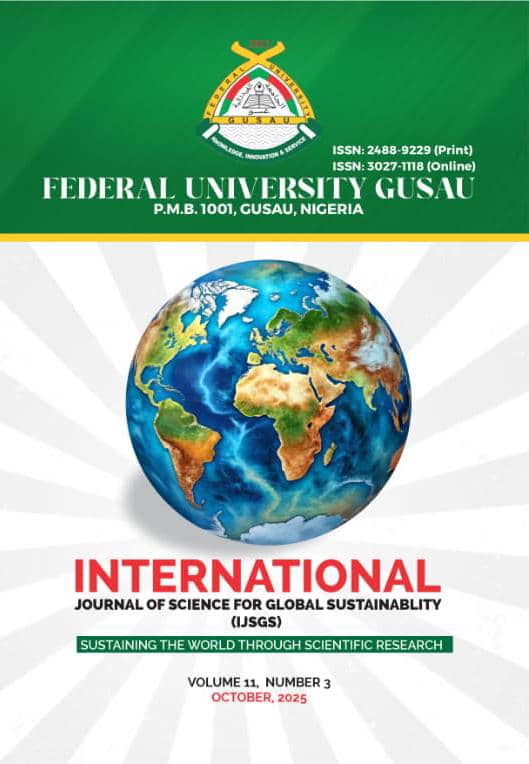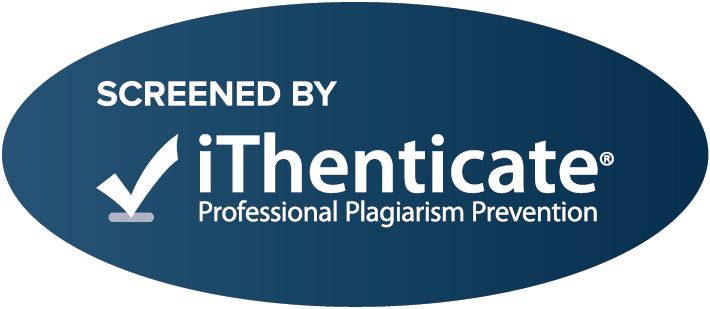A Deep Learning Approach to Smishing Detection in Mobile Apps Using Convolutional Neural Network and Long ShortTerm Memory
DOI:
https://doi.org/10.57233/ijsgs.v11i3.920Keywords:
Smishing Detection, Deep learning, Mobile security, LSTM, CNN, PhishingAbstract
Smishing, or SMS phishing, poses a significant cybersecurity threat to smartphone users. These attacks exploit the brevity and symbolic nature of SMS messages, making detection challenging. Existing methods, such as DSmishSMS, employ traditional machine learning techniques but require further enhancement. To address this rising and concerning issue, this thesis offers a model for an improved detection. The experiment demonstrate that the developed CNN model outperformed traditional algorithms, achieving an accuracy of 98.97% which is better than the 97.93% from the benchmark paper. By integrating deep learning techniques, this contributes to safeguarding users from fraudulent smishing attack.
Downloads
Published
How to Cite
Issue
Section
License
Copyright (c) 2025 Author(s)

This work is licensed under a Creative Commons Attribution 4.0 International License.












